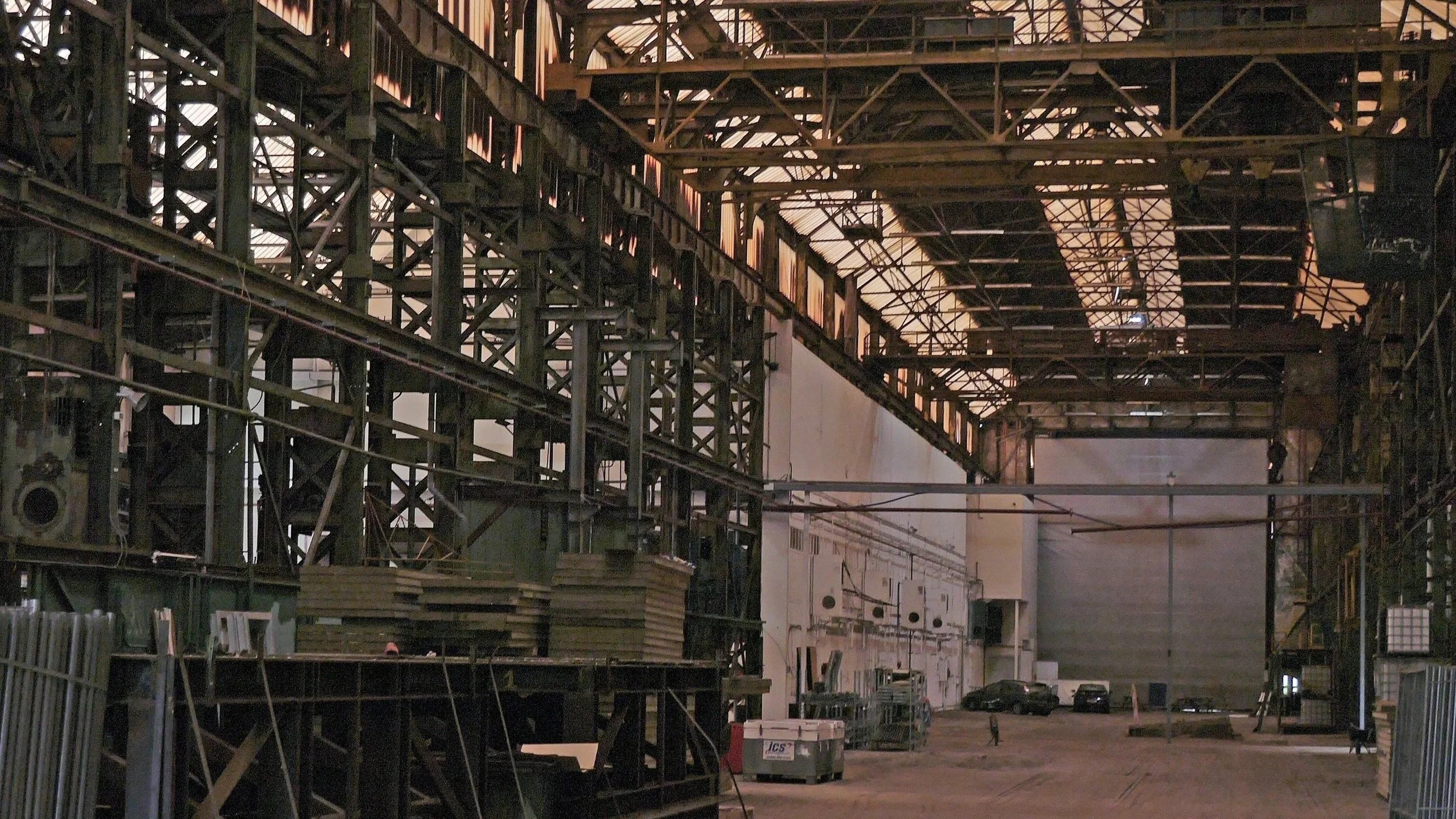Why Fireproofing in Lancashire Matters: Key Considerations for Buildings' Fire Safety & Compliance
Introduction: Why Lancashire Needs Leading Fireproofing
Lancashire is an area with a wide mix of industrial estates, commercial parks, historic textile mills, and newer residential or mixed‑use developments. In such a built environment, fireproofing is not optional, it's essential for both safety and regulatory compliance.
Navigating fire safety in means meeting local authority policies, county regulatory expectations, and the UK Building Regulations (especially Approved Document B) - all while protecting structural integrity and reducing risk.
In this post, we explore what makes fireproofing in Lancashire unique, how passive fire protection works, what REI ratings mean here, and why choosing a local specialist matters.
Context & Risk Factors
a) Industrial Legacy & Old Stock
Many buildings in Lancashire, especially mill structures in areas like Burnley, Preston, Blackburn, and Lancaster, include older steel or timber-framed structures. Retrofitting fire protection solutions to these requires care to maintain heritage character while upgrading safety.
b) Heavy Industry & Manufacturing
Lancashire still hosts chemical plants, warehouses, process units, and large storage facilities. These demand higher fire resistance ratings, especially where combustible or flammable materials are stored.
c) Climate & Exposure
Lancashire weather is often damp and windy. External fireproofing systems need to deal with moisture, UV light, and temperature changes. Therefore, coatings should be chosen for exposed applications, not just for indoor use.
d) Regulatory & Local Authority Scrutiny
Local authorities will scrutinise fire protection measures, especially after recent changes in fire safety regulation (e.g. Fire Safety Act 2021). Ensuring all structural elements have verified fire resistance is part of gaining building control approval.
What Fireproofing Entails: Passive Fire Protection Explained
When we talk about fireproofing, the focus is often on passive fire protection (PFP). While active systems (sprinklers, alarms) detect or suppress fire, passive systems do something else. They contain, delay spread of fire, and maintain structure without requiring activation.
Some key PFP elements:
Intumescent coatings on structural steel
Fire‑resistant boarding for timber, concrete, or mixed elements
Compartment walls / floors / ceilings to restrict fire zones
Together, these systems give you time for evacuation, reduce damage, and support firefighting efforts.
REI Ratings & Why They Matter
When specifying fireproofing, one term you’ll hear often is REI (Load‑bearing, Integrity, & Insulation). In Lancashire projects, you’ll see requirements like REI 60, REI 90, or REI 120 depending on building type.
R = Load-bearing: The structure must carry weight during fire
E = Integrity: No flames or smoke passage
I = Insulation: Heat containment, to protect adjacent materials
These ratings aren’t just technical; they are often legal requirements under building regulations and local authority policies. They affect compartments, corridors, escape routes, and the structure.
A local authority building control officer will expect you to provide certified systems that deliver the stated REI rating, tested under relevant standards (BS 476, EN 13381, etc.).
Common Challenges in Lancashire Fireproofing Projects
a) Heritage & Listed Mills
If your building is listed or in a conservation area, you must balance heritage preservation with safety. Intumescent coatings often help because they can maintain the appearance of steel or beams while adding fire resistance.
b) Movement & Structural Deflection
Recent reports by ASFP emphasise that structural movement (thermal expansion, vibration, wind load) can compromise passive fire systems if not detailed properly. In Lancashire’s climate, this matters especially in long spans, bridges, or loading bay structures.
c) Exposure & Coating Degradation
Exterior steelwork, mezzanine roofs, and exposed rafters face weathering, UV, and moisture - not all coatings are rated for that. Selecting fire protection systems tested for external use is crucial.
How Viper Fireproofing Covers Lancashire
We are a local fireproofing contractor that understands building stock, regulatory landscape, and environmental challenges. Our specialties include:
Certified intumescent fire protection (REI‑rated systems)
Fireproofing for existing and historic structures
External fireproofing coatings with high durability
Full compliance documentation for building control sign‑off
We work across Blackburn, Preston, Burnley, Lancaster, Rochdale, Halifax, and throughout a 50‑mile radius from our Blackburn base.
Check Our Fire Protection Services
Frequently Asked Questions
-
Usually REI 90 or REI 120, depending on size, use and occupancy. Large storage facilities storing goods may need a higher rating.
-
Yes - intumescent coatings are often the solution, preserving visual aesthetics while delivering certified fire resistance.
-
Local authority Building Control will oversee compliance. Also Fire & Rescue emergency services may audit under the Fire Safety Order.
-
Sometimes, access, scaffolding, weather protection, and heritage consultations can add cost. But choosing local contractors helps reduce travel and logistics expenses.
Taking Action
If you have a building that needs fireproofing, structural protection, or compliance upgrade, now is the time to act. Delays in specification or design review often lead to cost overruns or failed inspections.
Viper Fireproofing is ready to help. We will visit your site, evaluate the structure, recommend the correct systems, and supply certified installation.


